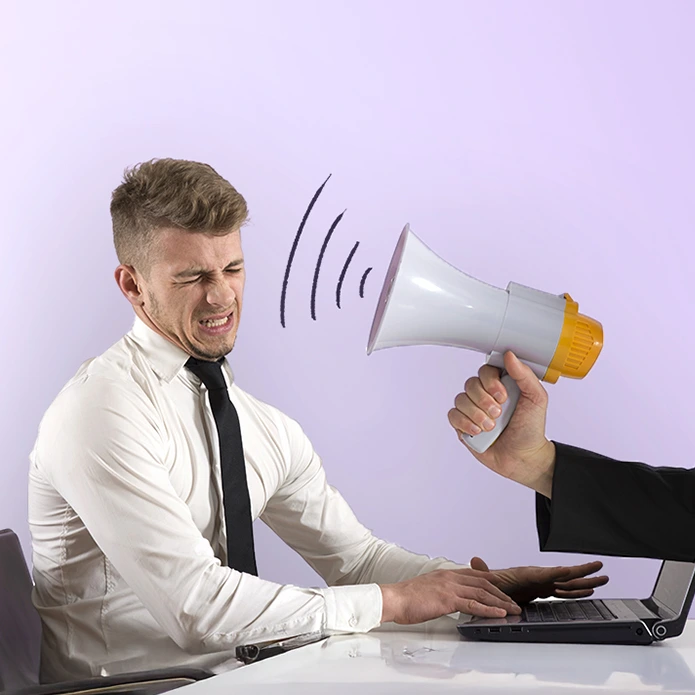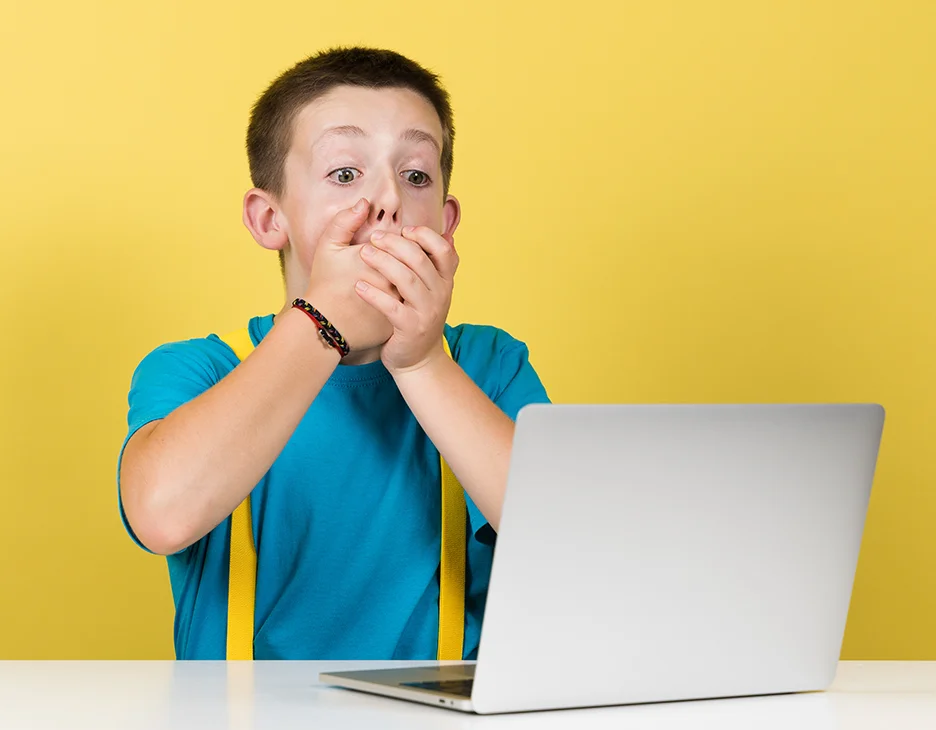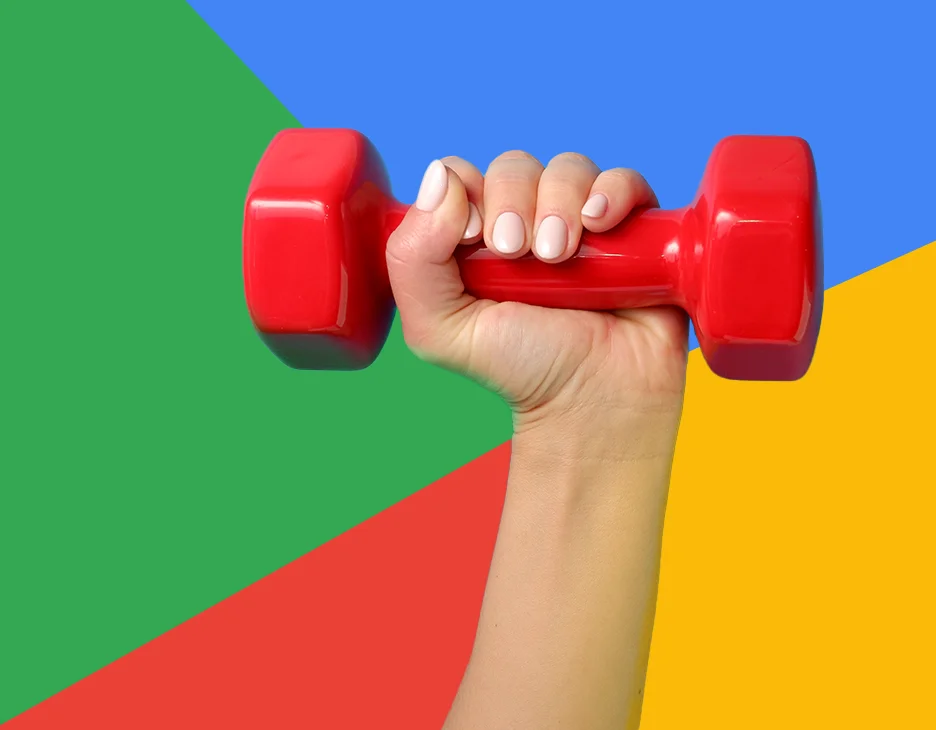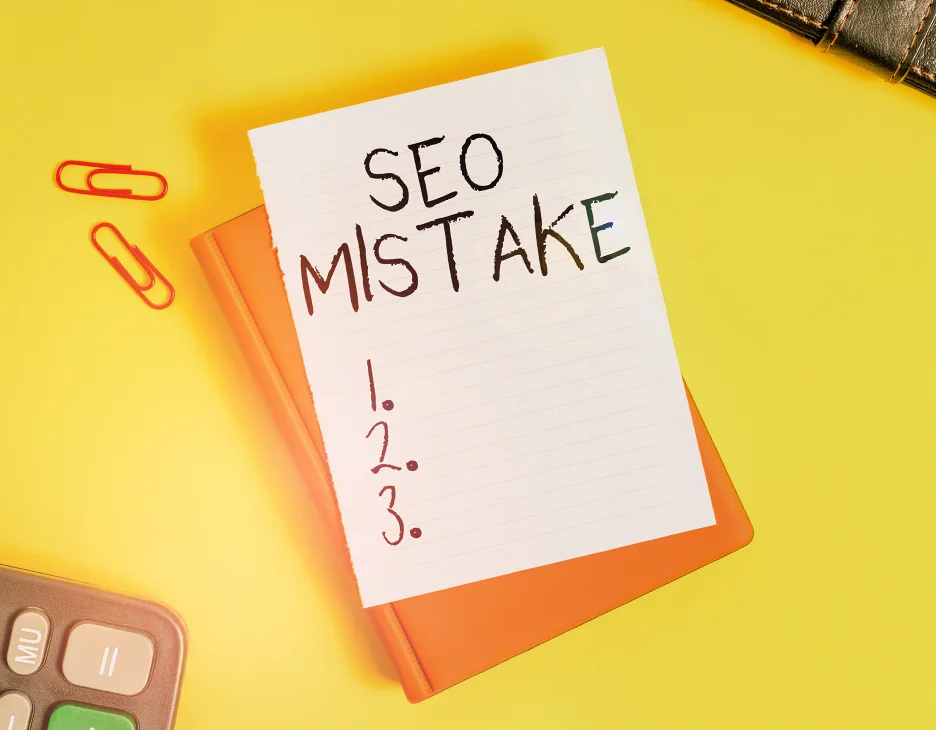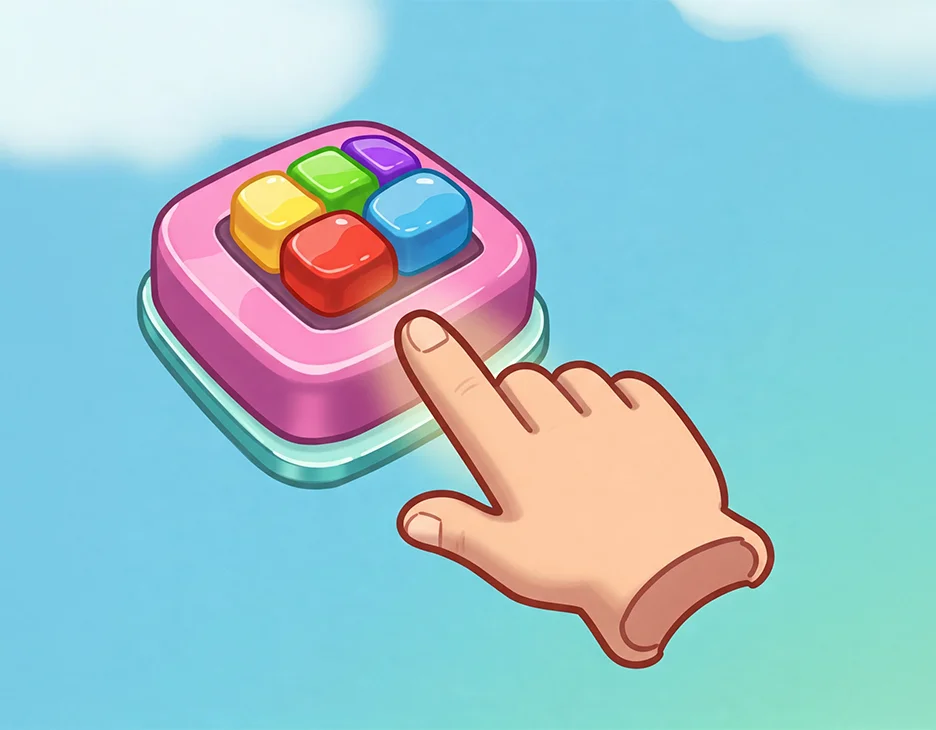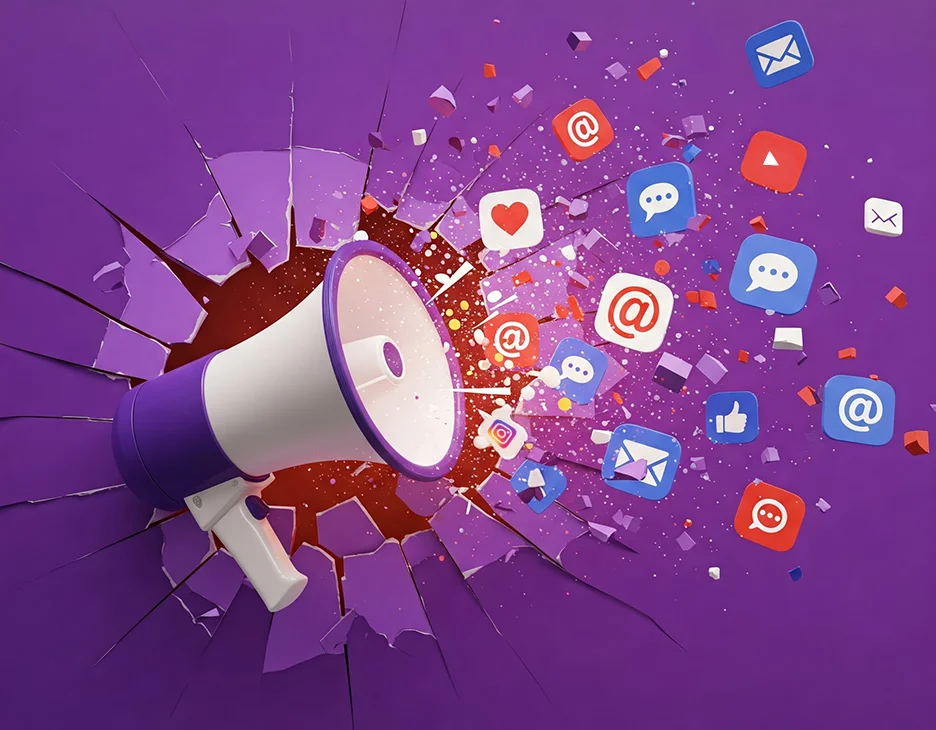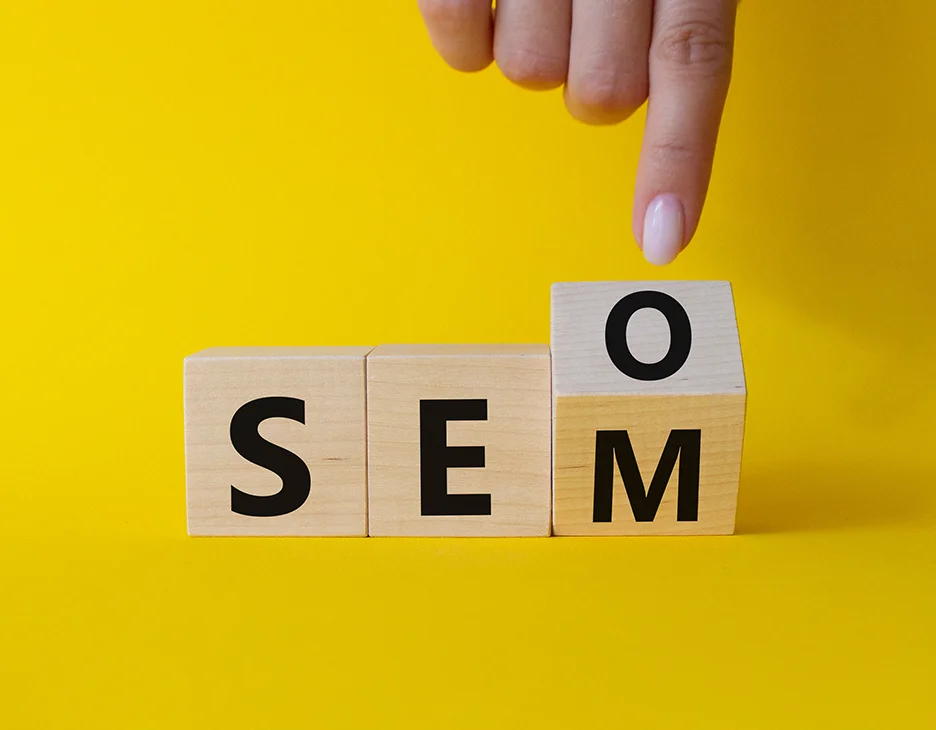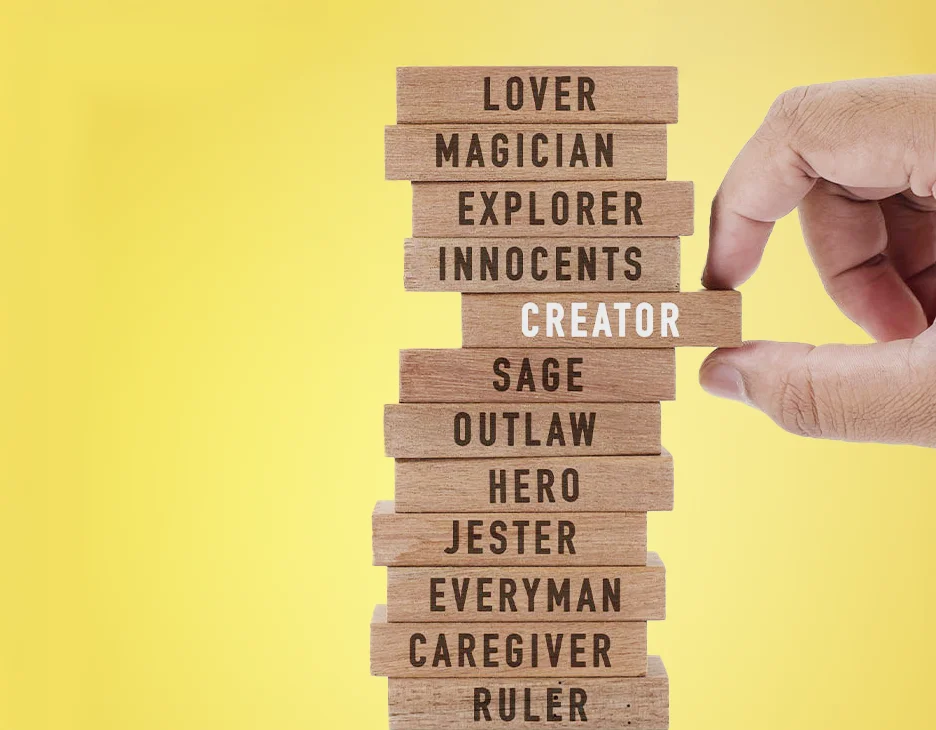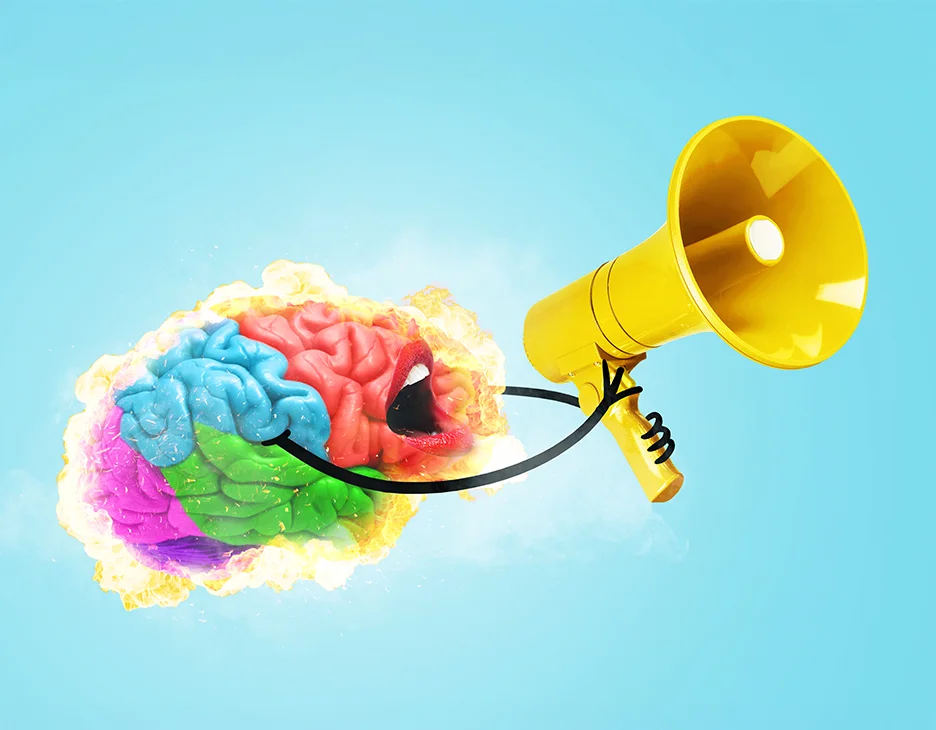Visual Storytelling: 10 Simple Ways Images Can Improve Your Website
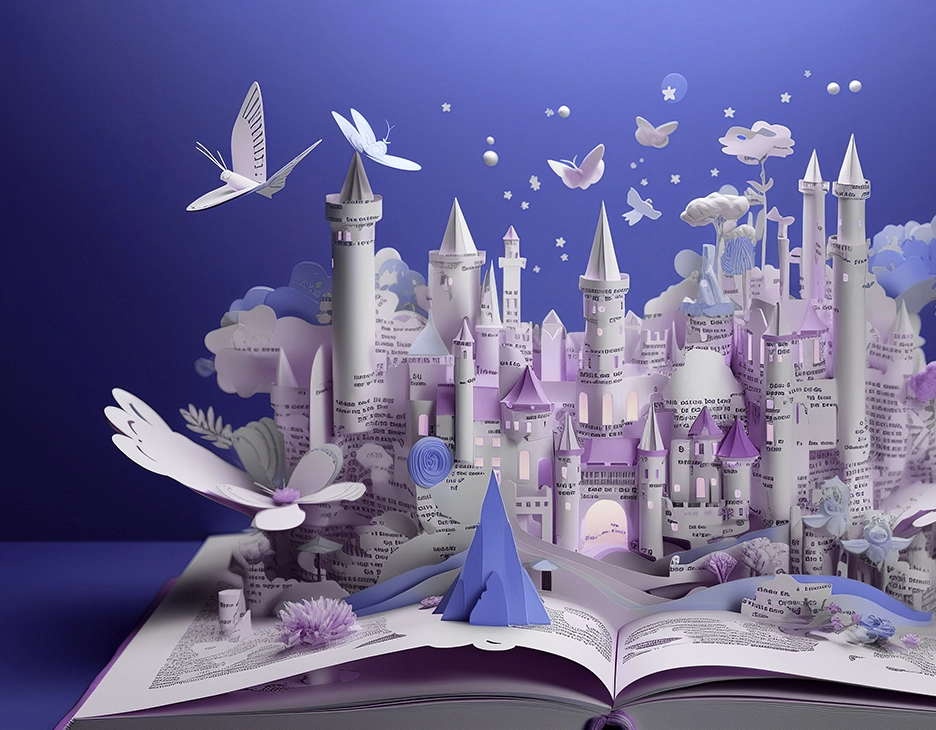
“A picture is worth ten thousand words.”
Arthur Brisbane, newspaper editor and PR professional
Images have immense power – to express ideas, draw out emotions, and inspire action. That’s what visual storytelling is supposed to do: communicate “messages, emotions, narratives and information in a way which reaches viewers at a deep and lasting level.”
Do your website visuals do that? Can your images compel visitors to do business with you?
How can you use images to express your brand effectively on your website?
Jump ahead to:
Why Visual Storytelling Is Important For Website Design
Your website can become more engaging if you can use images strategically. Here are ten ways that visual elements can improve your website:
1. Tell Your Story
Images can help you tell your brand story in a more engaging and memorable way. You can use visuals that convey:
- What makes your brand different
- Emotions you want to associate with your brand
- Your brand culture and values
- Customers or people that website visitors can connect to
- Your products or services in action
Example: See how Subaru tells their story in the Subaru Love Promise page.

2. Break Up Text
Walls of text can intimidate or bore readers. Use images to break up large amounts of text and make your website more appealing. Sometimes, you can also use blurbs or text boxes. Just make sure your visuals are relevant and help to communicate the ideas in your copy.
3. Explain Complex Concepts
Images can help explain complex ideas in a more easy-to-understand way. This is especially useful for technical information or complex concepts. Besides photos, you could also use charts, icons, or graphics – just make sure they are clear and do not needlessly clutter.
Example: The TSP Advisory uses engaging and interactive graphics to explain how they engage with their clients.
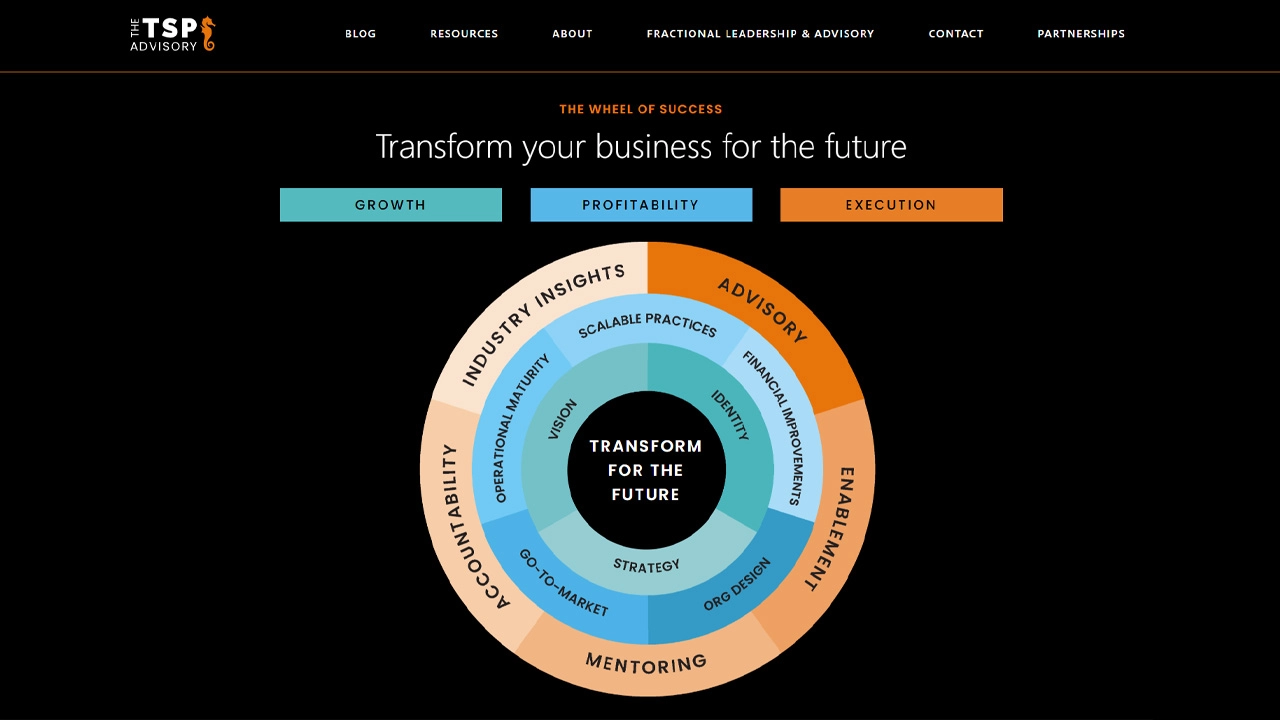
4. Capture Attention
Images can help grab attention and keep visitors engaged, especially:
- Human faces
- When placed strategically
- Bright colours
- Provocative images
- Unexpected or surprising visuals
- Warm imagery (having fun, and helping others)
- Unnerving scenes or images that can cause unsettling emotions
Be careful though when using images that can confuse, threaten, or surprise because they can work the other way, negatively.
Example: OH Accounting shows their Principal’s face, with a big smile.

5. Increase Conversions
Images that can persuade visitors to take action will surely help boost conversions, especially when they:
- Come with a call-to-action text
- Feature real people or real-life scenes, versus models, artificial setups, or edited photos
- Highlight your brand’s benefits to them and unique selling points
- Stir emotions in the viewer that will help them to click a button or make a decision
Example: Children’s Hospital Foundation uses persuasive photos that can move people to action.
6. Boost SEO
You can optimise your images to help your website or page rank higher in search results by:
- Adding accurate alt tags and captions
- Using original images
- Compressing images
- Naming image files descriptively
- Making images device-responsive
- Putting backlinks to images
Example: Bay Explorers uses clean visuals and appears on page 1 for the keyword “Childcare in Hervey Bay”.

7. Improve Social Media Sharing
People love sharing great images. Visitors could share your website content on social media especially when you use images that:
- Solve a problem
- Inspire or touch the heart
- Provide useful advice
- Explain a process
- Show a before-and-after
- Make people laugh or smile
- Feature a fun fact
- Are visually appealing
Example: Time Magazine accompanies their news items with excellent photography.

8. Create A Consistent Brand Identity
Images can help create a consistent brand identity across your website. Use your logo consistently in terms of colour, size, and placement. Use your brand colours in headlines, buttons, charts, icons, and backgrounds.
Use images that express your brand stands for. An adventure photo would be good for an outdoors-related brand. A funny image might not cut it if you want to project professionalism. Calm and serene imagery are cool for a brand associated with comfort.
Example: Estate First Lawyers’ identity is consistent all over their website.

9. Make Your Website More Accessible
People with cognitive and learning disabilities can better comprehend your website content when there are images and graphics. Just make sure you always include alt descriptions and descriptive filenames for all your images so that:
- It will also be accessible to those with visual impairment
- Your search engine optimisation (SEO) can improve
- You can reach a broader portion of your target audience
Example: Children’s Hospital Foundation website has been built with accessibility features.
By the way, Australia has web accessibility laws such as the Disability Discrimination Act 1992 (DDA) and the National Transition Strategy (NTS), which discusses compliance with the Web Content Accessibility Guidelines (WCAG).
10. Improve the User Experience
Images can improve the user experience by making your website more visually appealing and easy to navigate. When images are relevant to the context, visitors can understand the information more easily. This is true with infographics, when explaining a process, describing a recipe, and for travel-related information.
Example: Recipe Tin Eats uses great images to support their step-by-step process for recipes.

The Power of Web Design Images
When used correctly, visuals can improve your website and make it more engaging. But don’t just use images for the heck of it. Make sure every visual you use in your website is relevant to your audience in some way. Here are some more tips:
- Choose high quality and visually appealing images.
- Use your own, original images as much as possible – avoid stock or generic photos.
- Keep image files small. If needed, compress them before uploading.
- Properly label images and use descriptive file names.
- Use images strategically – excessive images could have a negative effect.
Is It Time Your Website Had a Refresh? Talk to the Website Design Experts on the Gold Coast
If you’re thinking of creating a new website or upgrading your current website, we can assist you in web design and development. Ask B2Me Marketing about how you can have a beautiful website that works to your advantage.




